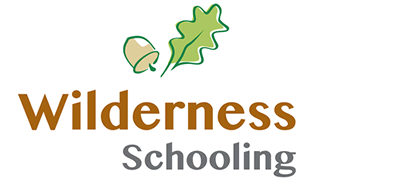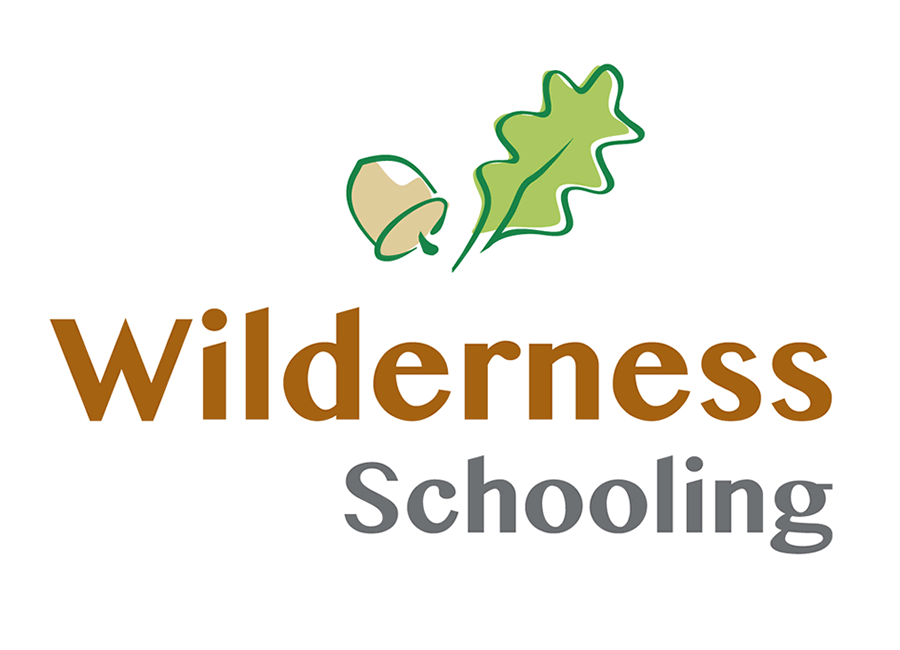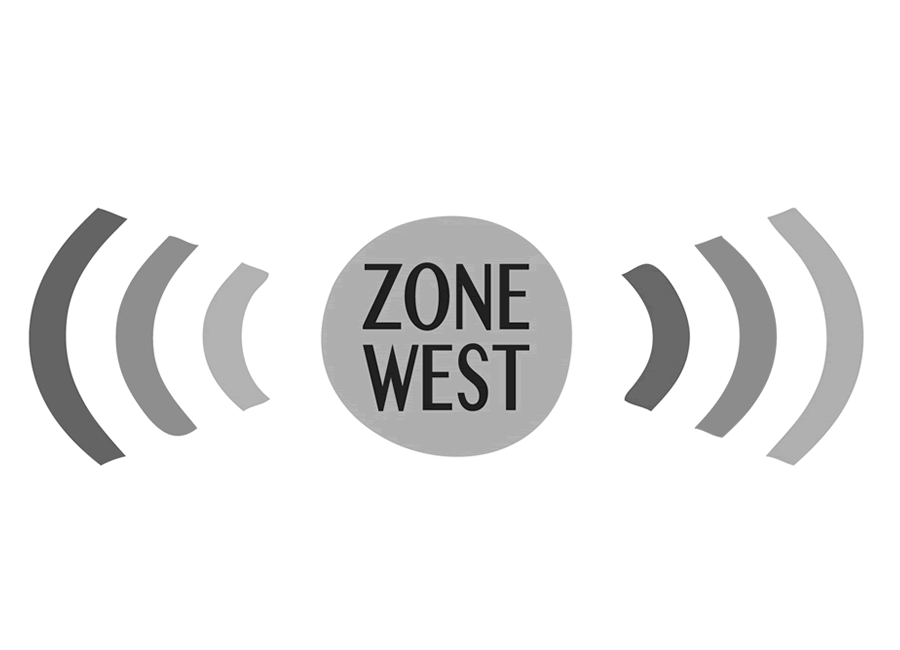NOT ALL CLASSROOMS HAVE FOUR WALLS
Our impact
Wilderness Schooling results in children being:
- More engaged with school
- Better motivated to achieve in maths, science and English
- Happier in themselves
Performance
This is evidenced through achievement levels in maths, science and English: participants outperformed non-participants in the crucial attainment tests that are part of every child’s monitoring throughout the school year.
The attainment data shows conclusively that participating children out-perform their non-participating peers in maths, science and English at every time-point. Wilderness Schooling works with children from Year 4 to Year 9 and the results are the same.
Creating timetable space for Wilderness Schooling in Year 6 is a risk. Everyone knows that those children need to achieve in maths, science and English if the school is to thrive. Our curriculum is good, but this project offered something different. It took a bit of courage, but Wilderness Schooling really delivered for us. Our SATS for this group were very encouraging and their experience of Wilderness Schooling helped to accelerate progress, both academic and social. Highfield Middle School, Prudhoe, Northumberland
We have worked mostly with children from Year 5 and Year 6, out of these children, those that show the biggest gain over their peers was among children from Year 6 who took part in September. Their formal SATS were the most impressive. Over the school year, these fifteen Y6 children made
- an average of 5.2 points progress in their Reading SAT compared to 3.6 points progress among a similar group of children who stayed in school.
- The Wilderness Schooling group made 6.0 points of progress in their Writing TA, compared to 4.5 points of progress made by their peers.
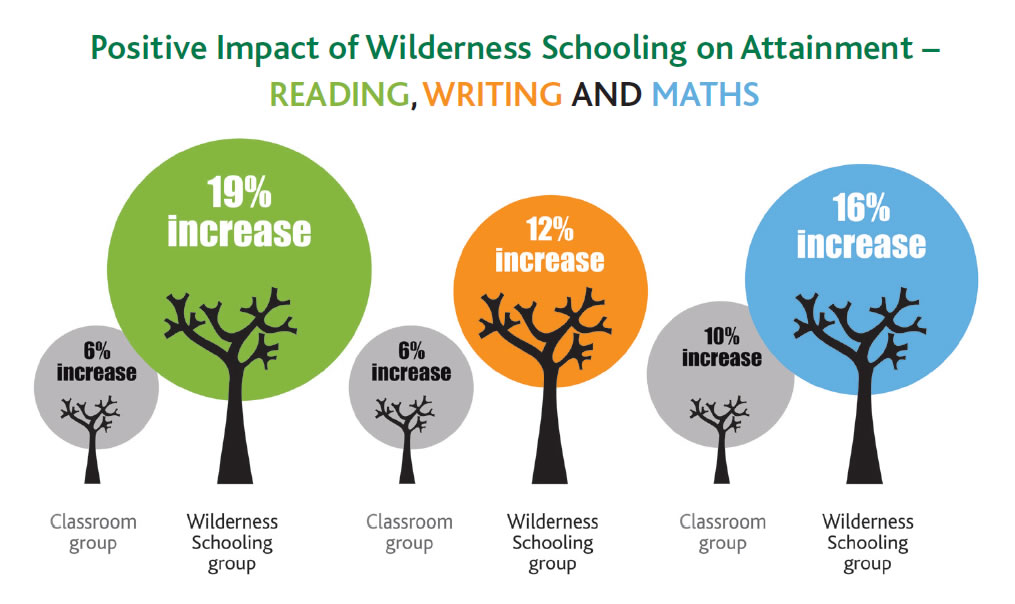
Read this paper published in the British Educational Research Journal
Wilderness Schooling: A controlled trial of the impact of an outdoor education programme on attainment outcomes in primary school pupils
Download this pdf chart to view results of Wilderness Schooling, collected from nine schools across the North East.
Wellbeing and social benefits
There is a similar picture emerging from the more complex data on social and emotional development, and from our analyses of linguistic complexity.
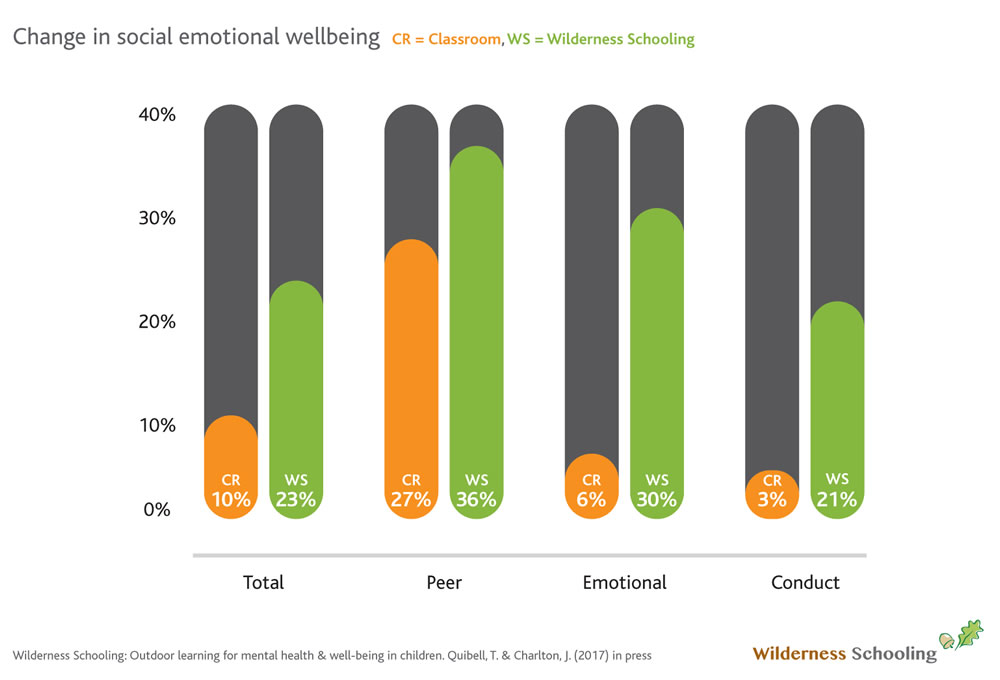
We used the Strengths and Difficulties Questionnaire completed by teachers (about their pupils) and children. This standard measure is scored online to give a number of domains of social and emotional competence. The most interesting data was from the teachers whose questionnaires gave an overall score and a score for Hyperactivity. Again we compared Wilderness Schooling children with those who stayed in school to get a sense of the impact that could be attributed to Wilderness Schooling.
For the Wilderness Schooling group, teachers report overall social/emotional problems falling over the period of intervention, with
- social/emotional problems scores of 6.80 falling to 4.78, and
- hyperactivity scores of 3.29 falling to 1.86.
When we compare this with children continuing to work in school, we see teachers reporting no change in their overall problem behaviours: time 1 scores are 6.38 and time 2 are 6.34. Most interestingly, teachers report hyperactivity rising slightly: time 1 scores are 2.67 and time 2 are 2.84.
Developing fluency in English is such a priority for us (amongst all the other priorities) especially for children who are either ignored or not expected to have an opinion. There are communities where cultural expectations don’t help us in achieving for certain. Wilderness Schooling makes such intuitive sense, there is a secret ingredient I think. Whatever it is, it is most striking. They come back talking. You can do most things if they are talking to each other. Westgate Hill Primary School, Newcastle
Wilderness Schooling seems to have an effect on attainment that could be attributed to a calming effect on the children who take part. They appear more relaxed and focussed in class, when their teachers assess them. This makes good intuitive sense, but it is essential to have it spelled out in controlled data. It provides the foundation for wilderness schooling to build credibility in schools and with educationalists anxious to see the child flourish.
CPD for teachers
We also made a difference to the school-staff who accompanied the children and to the curriculum planning of the school departments from which they came. The intervention was aimed at broadening the scope of their curriculum delivery and enlivening the classroom experience for pupils.
This is a leafy little town, and you might assume that our children do not struggle in the way others might, but that is far from the truth. We have the full range, and Wilderness School is a great fit with our aim for inclusive delivery. I was expecting it to be good for the children, and it was. I did not really think about the effect on colleagues. Refreshed teaching, new eyes on the curriculum, linking subjects in surprising and creative ways. Of course I knew they had it in them… but well done! Richard Coates Middle School, Ponteland, Northumberland
We recognise the importance of more robust assessment measures for this aspect of the intervention, which we will address in future work.

